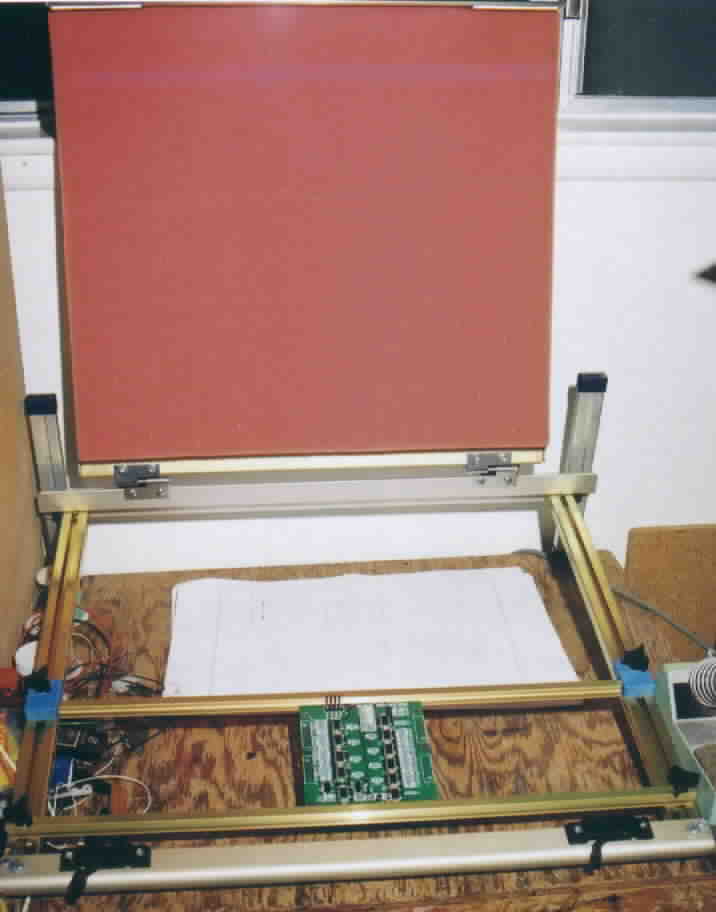

The above picture contains for the most part basic tools you will need to build electronic projects. Some are more important than others.
Starting on the bottom row, at the left we have:
Screwdriver (you should get a wide variety of these,
both slotted and philips).
Wire Wrap Unwrap tool (only if you are going to
be doing a lot of wire wrap)
Wire Wrap Wrapping Tool (this is a manual tool,
I actually prefer this, the one shown is from Vector Electronics).
Wire Wrap Stripper (again, only if you are going
to be doing wire wrap)
Wire Cutters (a must, get good ones)
Needle Nose Pliers (The ones I got have smooth jaws,
this does less damage to parts).
Middle row starting on the left.
Desolder Pump. Useful for when you have to
fix things.
Wire strippers. Shown (blue handles)
is the Ideal Stripmaster. Very nice stripper for PVC type wire.
Not very expensive.
Wire strippers. Shown (black handles) is the Ideal
Custom Stripmaster. Very very nice stripper. Good for tougher
insulation, like hard pvc or teflon. Very expensive (~$140).
Amp Crimper. This is the crimper for the amp
modu connector shells and pins. If you are going to use crimp pins,
you MUST have one of these tools. However, it is a huge investment.
That tool cost more than all the other tools in the picture combined.
Top Row starting at left.
Tie Wrap gun. Nice for sinching down those tie wraps. Not very expensive at all for a cheap one. Mine will no cut the tie wraps. :-(
Soldering Iron. Shown is the weller WCTPC, or something like that. Very nice iron. It is temperature controlled. Temperature control makes soldering a lot more pleasent.

Now, this is your extra credit tool. This is a Fancort assembly jig. This thing is nice. You can mount a whole bunch of boards in it, if you have a mind to, stuff all of the parts into them, lower the lid with the foam that you see above there, flip the thing over, and all of the parts are held in place. It sure makes life a lot easier when you are making boards with lots of parts in them, or, assembling lots of boards. This is also not inexpensive. It is something you might want to check into if you are a serious DIY builder.